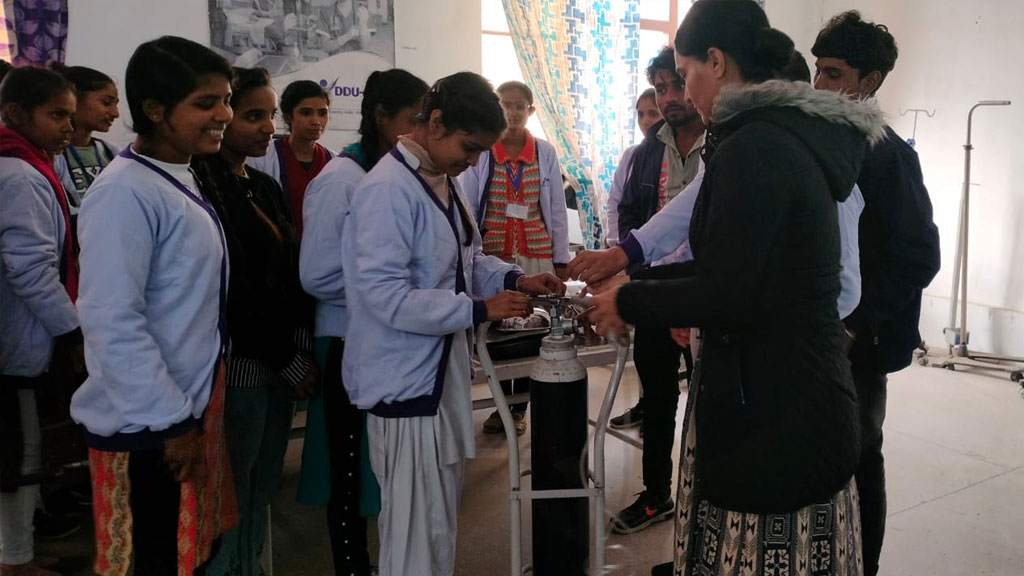Introduction:
In the dynamic landscape of Corporate Social Responsibility (CSR), innovative partnerships are emerging as a driving force behind transformative change in the education sector. Collaborative efforts between businesses, non-profits, and educational institutions are proving to be a catalyst for advancing educational excellence. This article explores the significance of innovative partnerships in CSR for education and highlights key strategies for successful collaboration.
Multi-Sector Collaboration:
Business and Non-Profit Alliances: Foster partnerships between corporations and non-profit organizations to leverage diverse skill sets, resources, and networks for comprehensive educational initiatives.
Government Involvement: Encourage collaboration with government agencies to align CSR programs with national education policies and amplify the impact of initiatives.
Technology Integration:
EdTech Industry Partnerships: Collaborate with EdTech companies to integrate cutting-edge technologies into educational programs, enhancing learning experiences for students and educators.
Digital Inclusion Initiatives: Partner with technology companies to bridge the digital divide by providing access to devices, internet connectivity, and digital literacy programs.
Skill Development Alliances:
Industry-Academia Partnerships: Establish collaborations between educational institutions and industries to ensure curriculum relevance and equip students with practical skills aligned with market demands.
Internship and Mentorship Programs: Create avenues for businesses to engage in mentorship and internship programs, providing students with real-world experiences and industry insights.
Global Collaboration:
International Educational Partnerships: Facilitate cross-border collaborations to share best practices, expertise, and resources, promoting global perspectives in education.
Cultural Exchange Programs: Implement programs that foster cultural understanding and collaboration among students from diverse backgrounds.
Community Engagement Initiatives:
Local Community Partnerships: Collaborate with local communities to tailor educational initiatives to their specific needs, ensuring relevance and sustainability.
Parental and Community Involvement: Involve parents and community members in the development and execution of CSR programs to strengthen community ties and support.
Innovative Funding Models:
Social Impact Investment: Explore innovative financing models, such as impact investing, to fund large-scale educational projects with a measurable social return.
Crowdsourced Funding: Engage communities and stakeholders through crowdsourcing platforms to fund targeted educational initiatives.
Measuring Impact Together:
Joint Impact Assessment: Establish shared metrics and assessment tools to measure the collective impact of collaborative CSR programs.
Regular Progress Reviews: Conduct periodic reviews and evaluations to identify areas of improvement and ensure the sustained success of partnerships.
Sustainability and Scalability:
Long-term Commitments: Foster enduring partnerships with a focus on sustained, long-term impact rather than short-term gains.
Scalability Models: Design programs with scalability in mind, allowing successful initiatives to be expanded to reach a broader audience.
Conclusion:
Innovative partnerships are redefining the landscape of CSR in education, unlocking new possibilities for positive change. By fostering collaborations that harness the strengths of multiple stakeholders, organizations can contribute to the holistic development of educational ecosystems, empower learners, and build a foundation for a more equitable and prosperous future. The key lies in strategic, purpose-driven partnerships that prioritize impact, sustainability, and inclusivity.
- By admin

